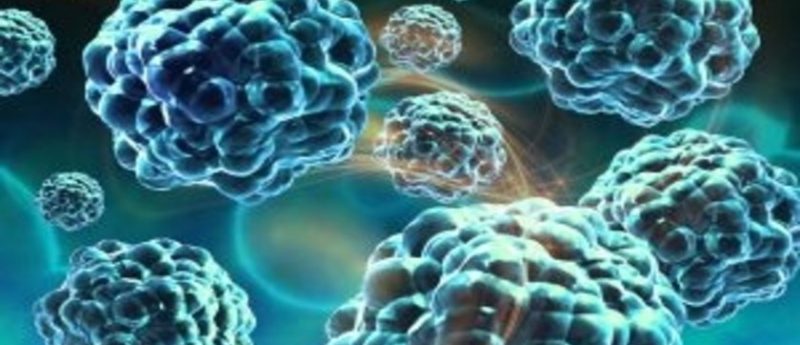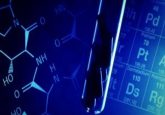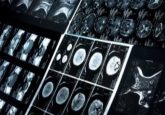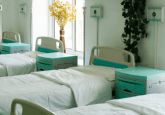Detecting the return of lung cancer with a single breath

A study analyzing levels of exhaled carbonyl compounds (ECCs) has yielded promising results for the detection of lung cancer after surgical resection. The study, published in The Annals of Thoracic Surgery, was carried out by Erin Schumer, Victor van Berkel and colleagues from the University of Louisville (KY, USA), who analyzed breath samples before and after surgical resection of 31 lung cancer patients. These patients were paired with samples and 187 control subjects.
To carry out the study, researchers collected 1 litre of breath from each patient, which they then evacuated over a silicon microchip. Next, four cancer-specific EECs were collected using an oximation reaction, then the concentrations of these EECs were measured and compared using the Wilcoxon test. The group demonstrated that the concentration of the EECs lowered significantly after surgery and that three out of four normalized after surgery to the level observed in the control patients.
Speaking on the clinical implications of this study, van Berkel commented: “We hope that the breath analysis can serve as the primary screening tool for cancer recurrence and a CT scan ordered only if the breath test suggests that there has been a change.” The current lung cancer follow up procedure involves expensive chest CT scans, making the analysis of exhaled breath a promising, non-invasive and inexpensive diagnostic tool after lung cancer treatment.
“The great potential with breath analysis is detecting lung cancer at any point, both as a primary screening tool and to follow patients after disease has been treated,” said van Berkel. “The technology is pretty robust. Our next step is getting approval from the FDA.”
In addition to FDA approval, the group are looking to continue this field of study by researching the potential for breath analysis to detect the recurrence of lung cancer. Additionally, they will evaluate how vital the technology could be in lung cancer surveillance after resection.
Sources: Schumer EM, Black MC, Bousamra M II et al. Normalization of exhaled carbonyl compounds after lung cancer resection. Ann. Thorac. Surg. doi:10.1016/j.athoracsur.2016.04.068 (2016) (In Press Corrected Proof); www.sts.org/news/lung-cancer-breath-%E2%80%98signature%E2%80%99-presents-promise-earlier-diagnosis





